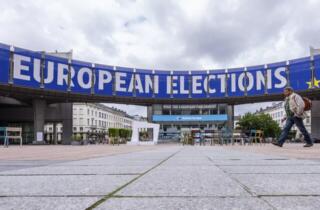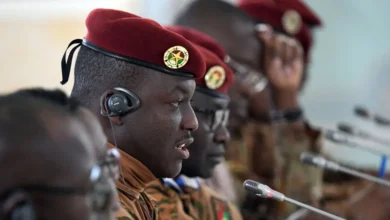
European Elections
Historical Overview Of European Elections
The history of European elections is deeply intertwined with the evolving landscape of European integration. The first direct elections to the European Parliament were held in 1979, marking a significant step toward greater democratic legitimacy for the European Community, which later became the European Union. These elections allowed citizens from member states to directly elect their representatives, replacing the previous system where national parliaments appointed members.
Over time, electoral procedures and participation have evolved alongside EU enlargement and reforms like the Treaty of Lisbon in 2009, which increased parliamentary powers. Today, European elections are crucial for shaping EU policies and reflecting the diverse political sentiments across its member states.
Electoral Systems And Processes In Europe
European elections are characterized by a rich diversity of electoral systems and processes, reflecting the continent’s multifaceted political landscape. Different countries employ various methods such as proportional representation, mixed-member proportional systems, and first-past-the-post voting. These mechanisms ensure that a wide array of political voices can be heard in legislative bodies. For example, the European Parliament elections use a proportional representation system to allocate seats based on the percentage of votes each party receives.
This inclusivity encourages coalition-building and fosters democratic pluralism. Furthermore, national regulations and international standards help safeguard transparency and fairness in these electoral processes, underscoring Europe’s commitment to democratic principles across its member states.
Key Political Parties And Their Platforms
In the European elections, several key political parties across various member states play pivotal roles, each championing distinct platforms. The European People’s Party (EPP) traditionally advocates for center-right policies, emphasizing economic stability and integration. On the center-left, the Progressive Alliance of Socialists and Democrats (S&D) focuses on social justice, workers’ rights, and environmental sustainability. The Alliance of Liberals and Democrats for Europe (ALDE) promotes liberal economic policies and civil liberties.
Meanwhile, the Greens/European Free Alliance (Greens/EFA) prioritizes environmental protection, climate action, and social equity. Lastly, Eurosceptic parties like Europe of Freedom and Direct Democracy (EFDD) argue for reducing EU influence on national sovereignty. These diverse platforms shape the legislative direction of the European Parliament.
Impact Of European Elections On Eu Policy And Governance
The European elections significantly shape EU policy and governance by determining the composition of the European Parliament, which plays a crucial role in legislative processes. Elected Members of the European Parliament (MEPs) influence key decisions on issues such as trade, climate change, digital regulation, and human rights. The election results can shift the balance of power among political groups, affecting coalition dynamics and policy priorities.
Additionally, these elections impact the selection of top EU officials, including the President of the European Commission. Consequently, voter turnout and public opinion during these elections directly affect how responsive and representative EU policies are to its diverse citizenry.






